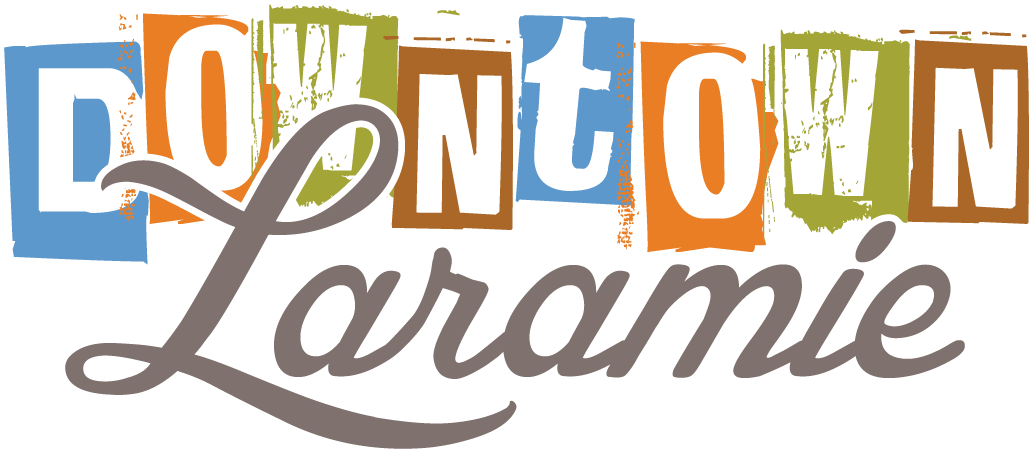Gearing up for Laramie’s summer means another season with a downtown farmer’s market. If you’ve decided to head down to the farmer’s market you are already thinking sustainably, another way to improve your green thumb is by participating in mindful methods at the market. Other than reusable bags and produce storage, think—transportation! Hopping on a bike instead of a car is not only better for you, but the environment as well! You’ll be able to lessen your carbon emissions and burn up to 280 calories per hour by biking. Ultimately, practicing sustainable transportation is one thing, but understanding the implications behind it is another thing altogether.
Fast Facts:
· Cycling’s carbon footprint is about 21g of CO2 per kilometer. This is less than walking or getting the bus and 10 times less than the emissions of driving.
· If cycling’s popularity in Britain increased six-fold, pedaling replaced driving, then a net reduction of 7.7 million tons of CO2 annually could be made which is equivalent to 6% of the UK’s transport emissions
· Average car emissions for a UK car is 200g CO2e per km, to include manufacturing emissions of the car and fuel each passenger comes to 271g CO2e per km of driving.
· The average cost in the US to drive a car 15,000 miles a year was $8,698 in 2015, about 58 cents per mile.
Now, what you may be surprised by is that the research comparisons in emissions looks at all aspects of transportation methods, including fuel. To examine this further, food is fuel to humans whereas gasoline is fuel to cars. Thus, most of cycling’s greenhouse gas emissions occurs when producing the food needed to “fuel” cycling, with the rest stemming from the manufacturing of the bicycle. One factor that the emissions calculations links to cyclists rather than drivers is the “rebound effect”. The rebound effect refers to when people who make decisions to be more eco-conscious, such as cycling or walking, decide to utilize saved funds on other polluting activities such as taking more showers, or doing more laundry. Ultimately, one has to be careful and mindful of the decisions made after deciding to mitigate carbon emissions.
Local benefits? Biking contributes less wear and tear on public roads, ultimately leading to less closed roads for construction in the future. Another massive benefit to cycling is less traffic and decreased noise pollution. Instead, bikers get to listen to the therapeutic sounds of mother nature. So, grab a bike bag from a downtown business and pedal to the farmer’s market! There are plenty of bike racks provided in the downtown area, either permanently installed in Laramie, or temporarily donated by Bikenet!
References
BikeRadar. 2022. 9 reasons why bike commuting is better than driving. [online] Available at: <https://www.bikeradar.com/features/9-reasons-why-bike-commuting-is-better-than-driving/> [Accessed 21 April 2022].
Reads, L., 2022. How green is cycling? Riding, walking, ebikes and driving ranked. [online] BikeRadar. Available at: <https://www.bikeradar.com/features/long-reads/cycling-environmental-impact/?msclkid=f60c8719c0e111ecadadf669eed1c9dd> [Accessed 21 April 2022].

